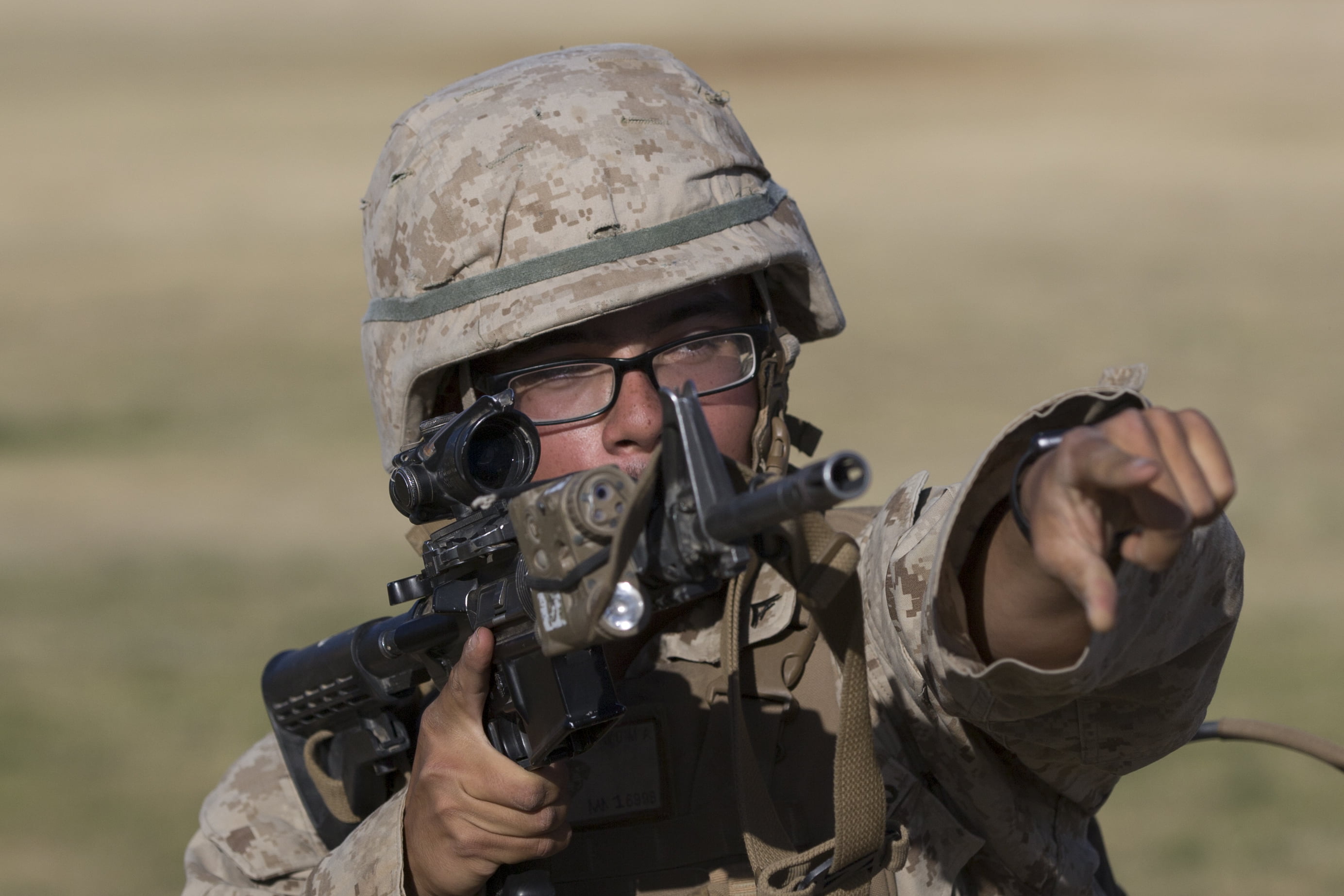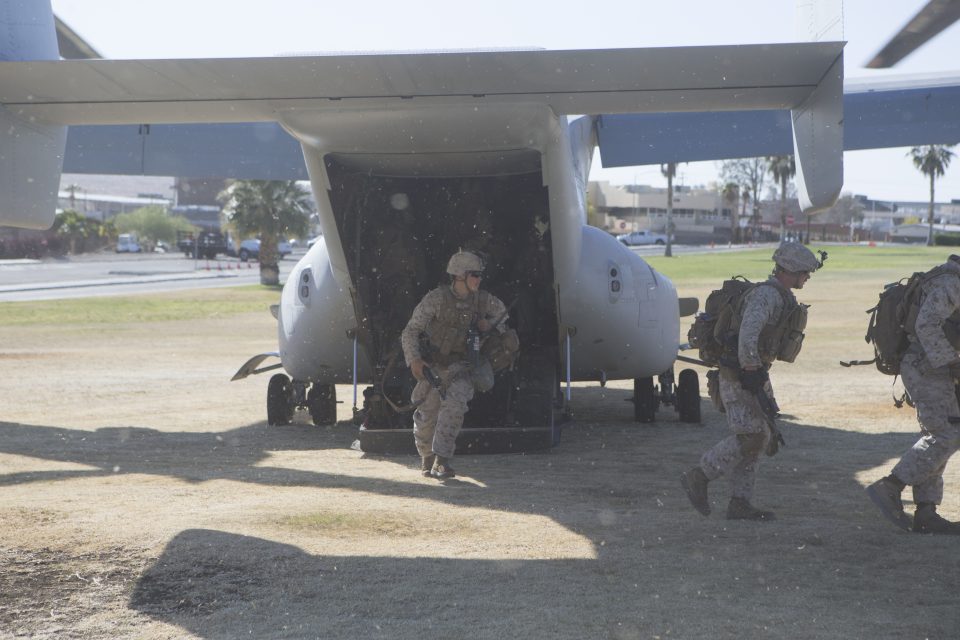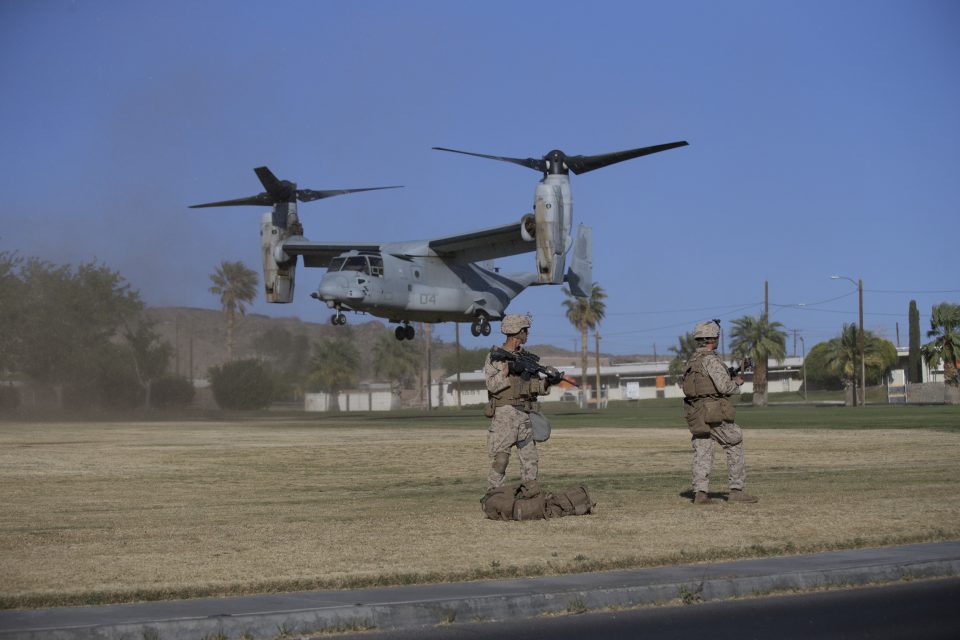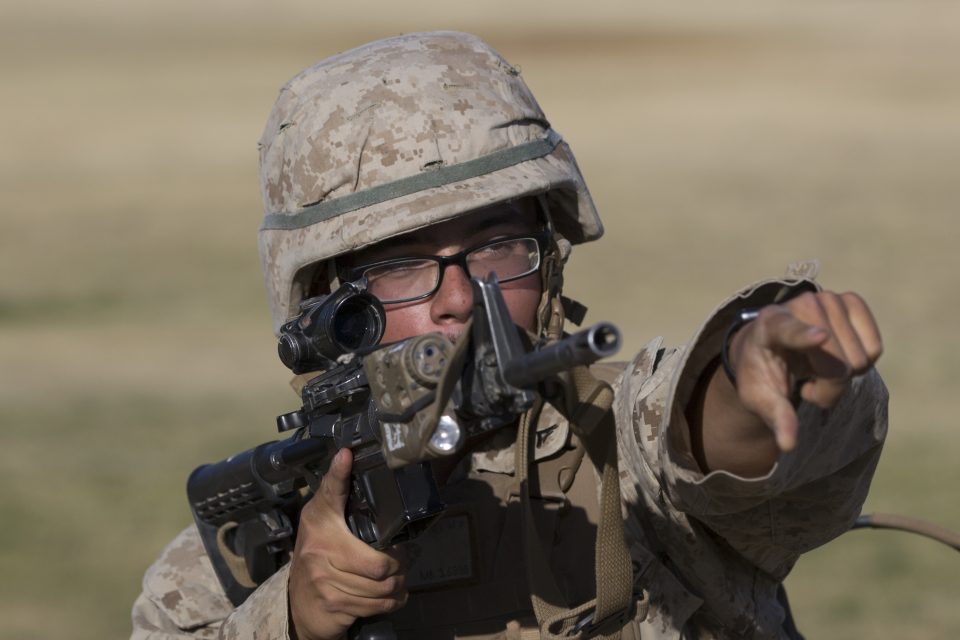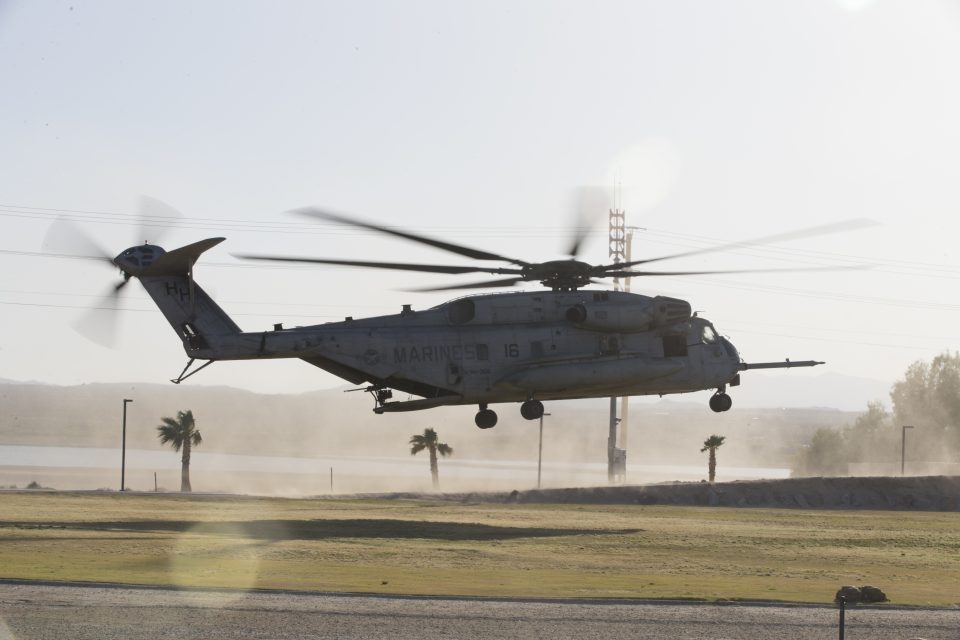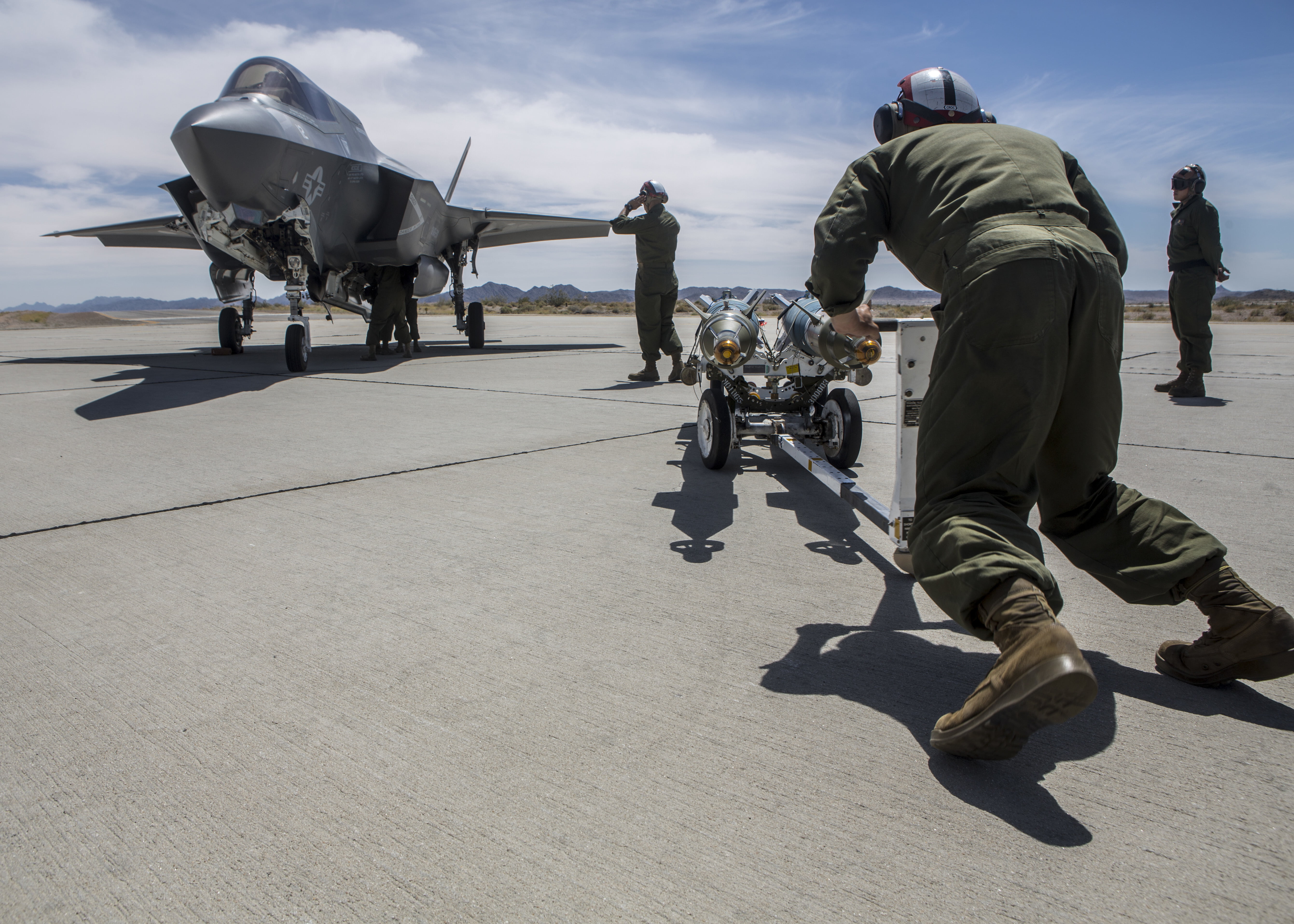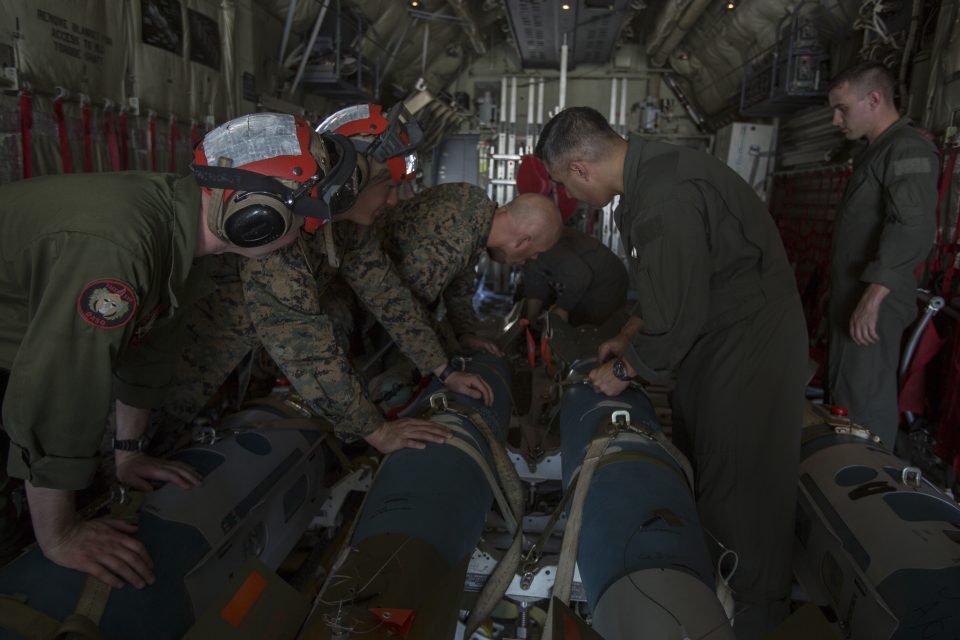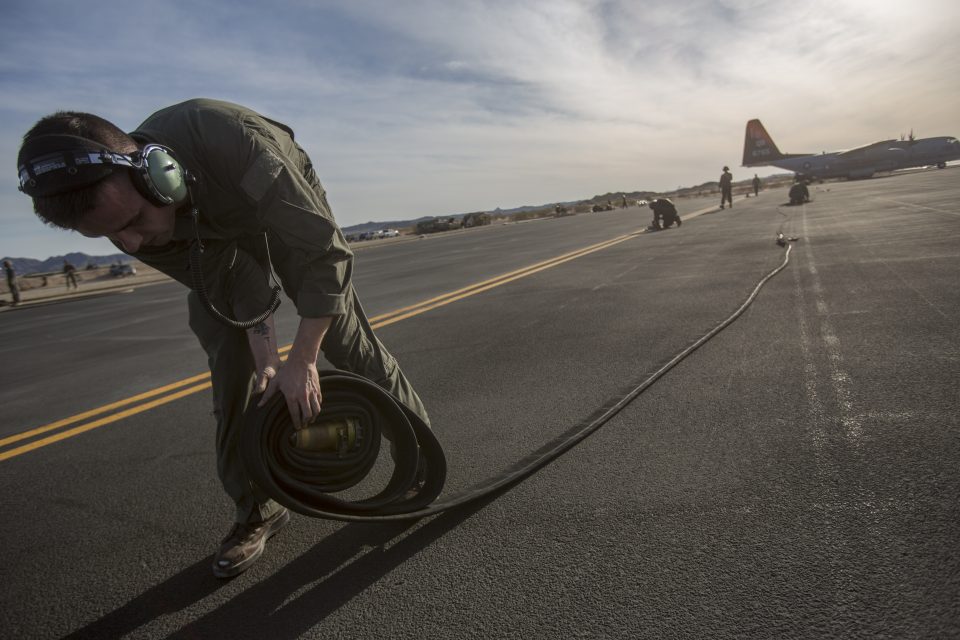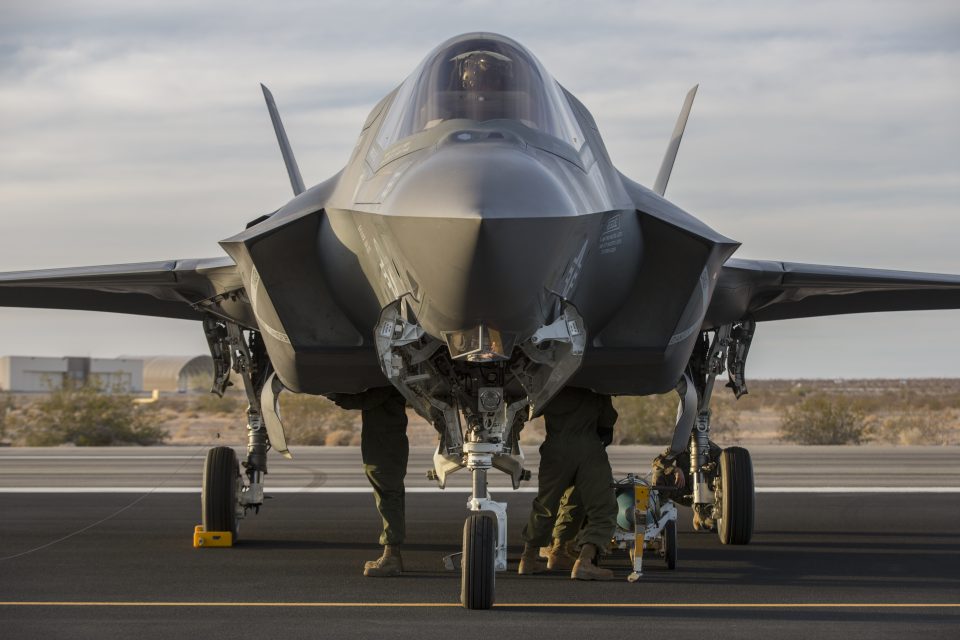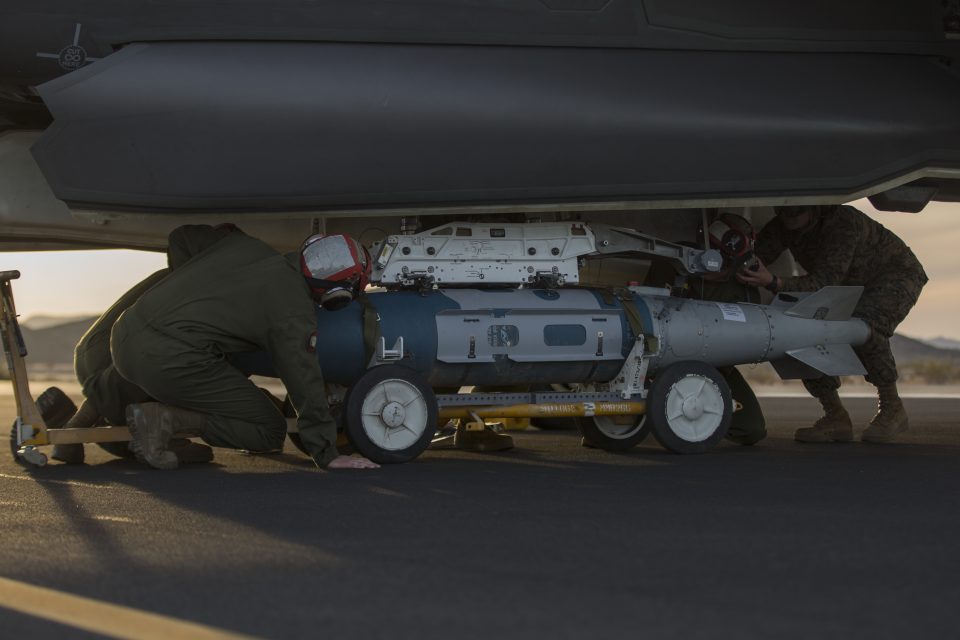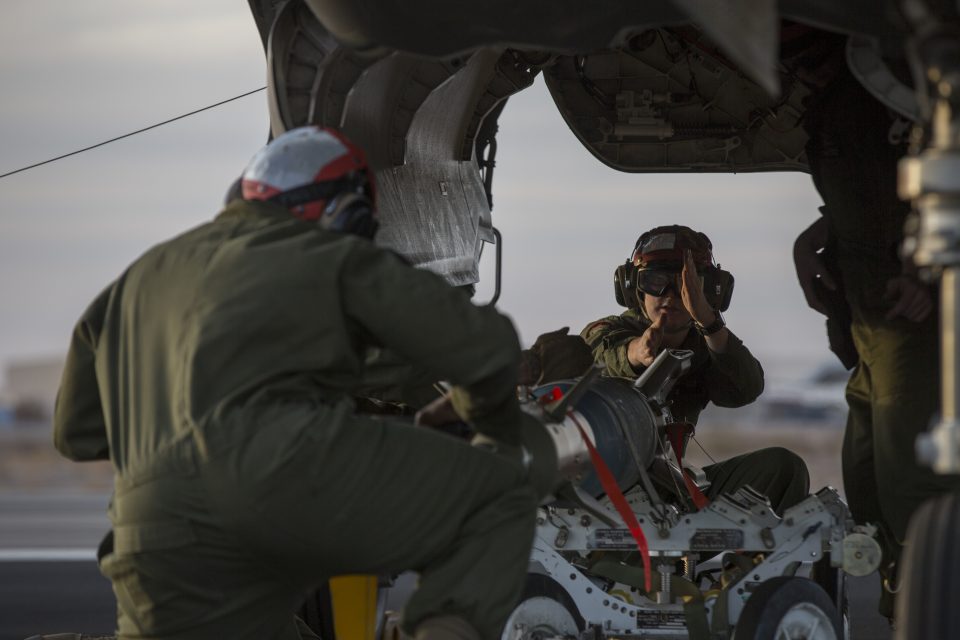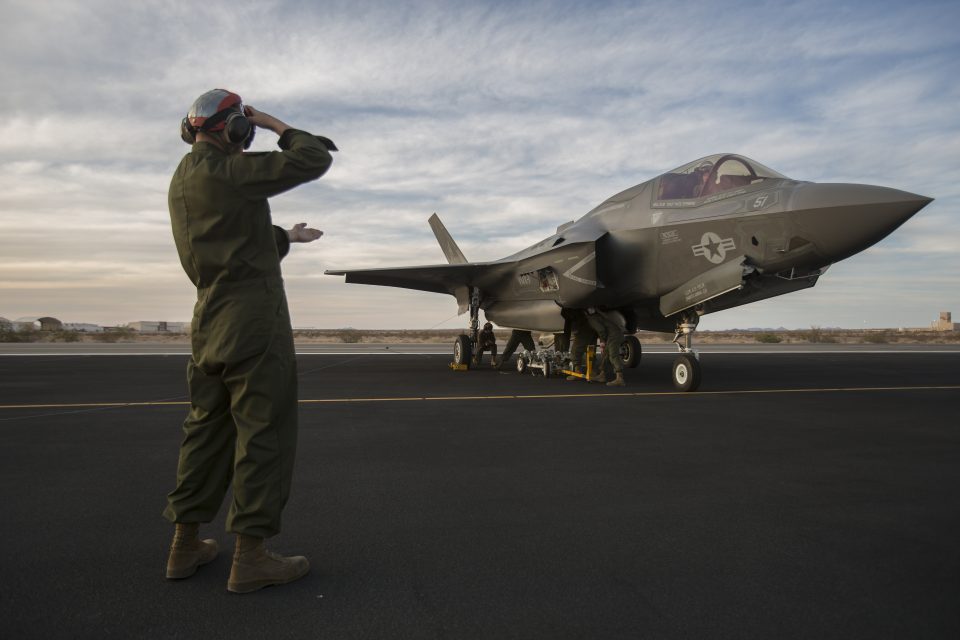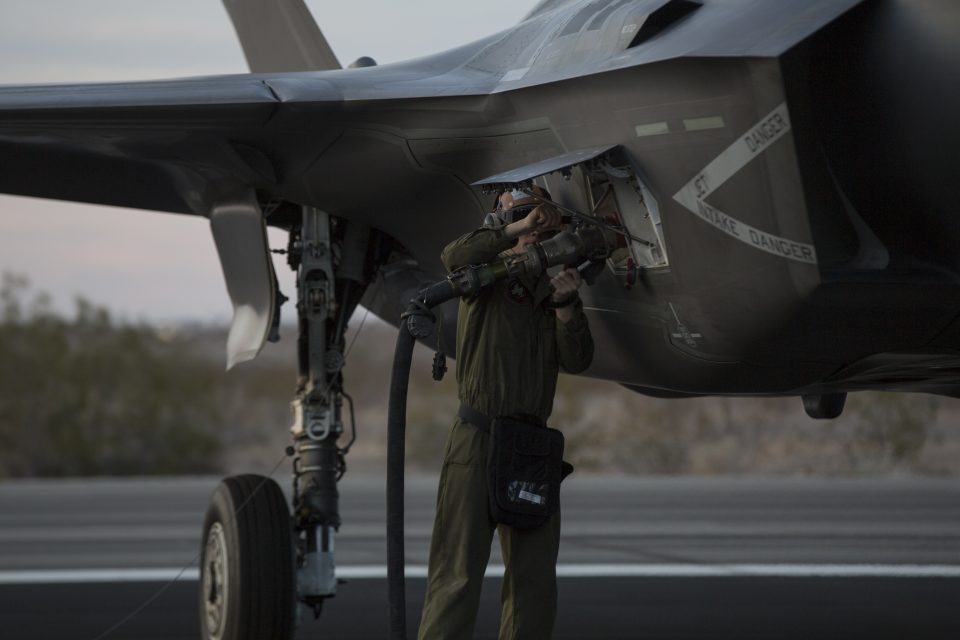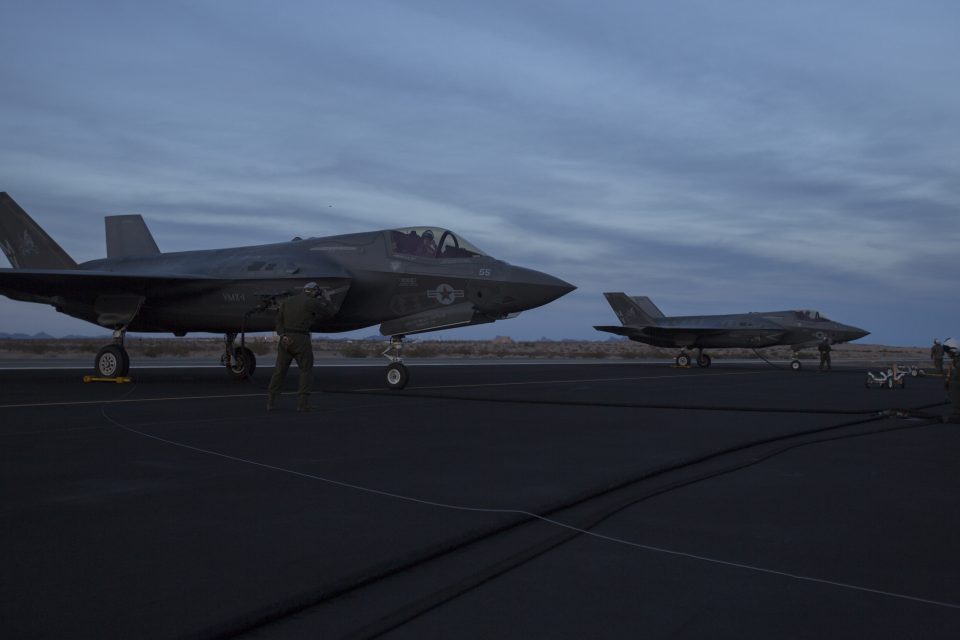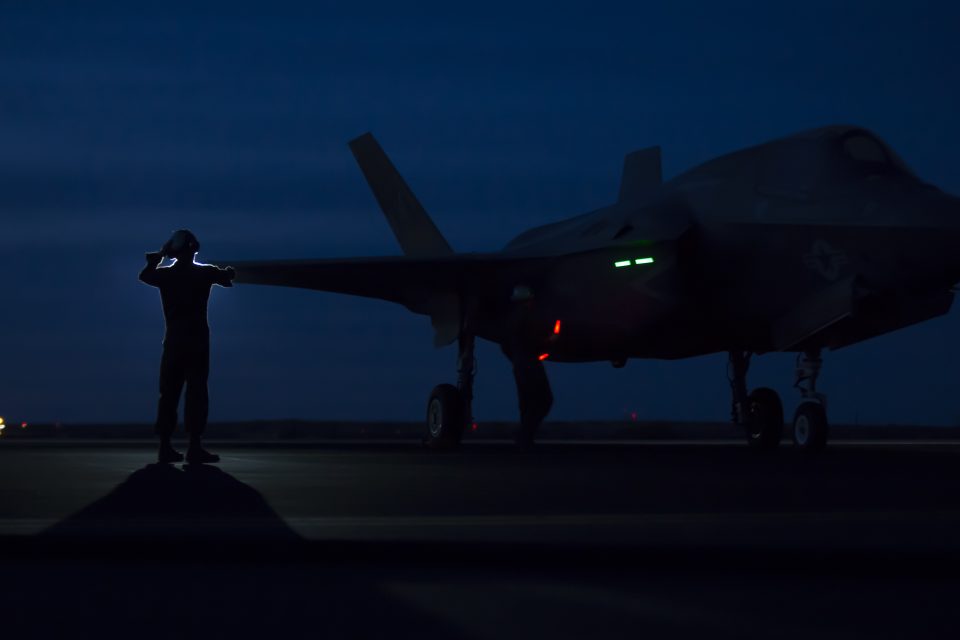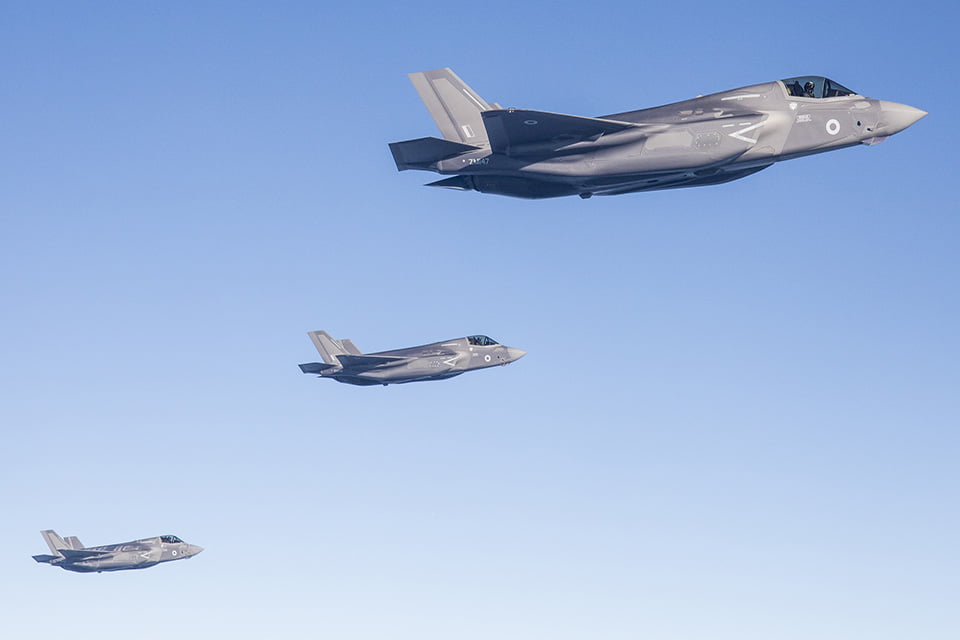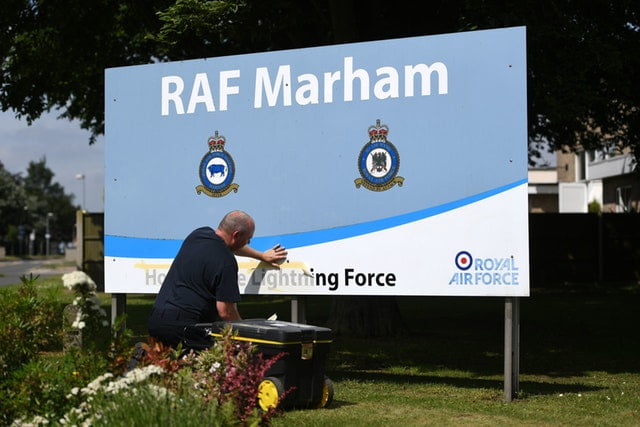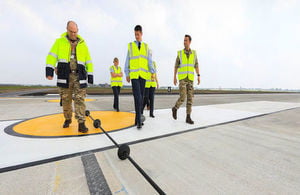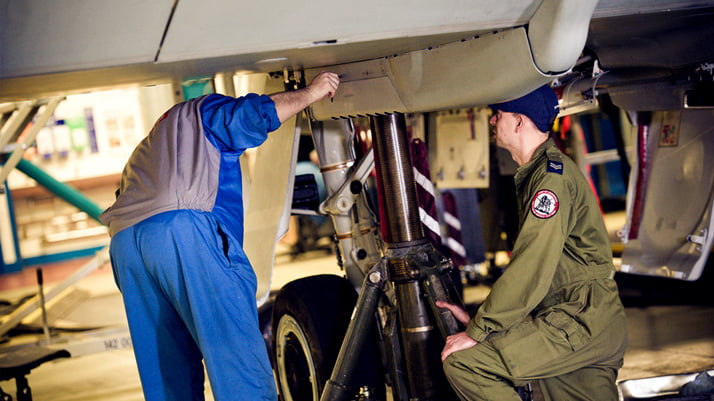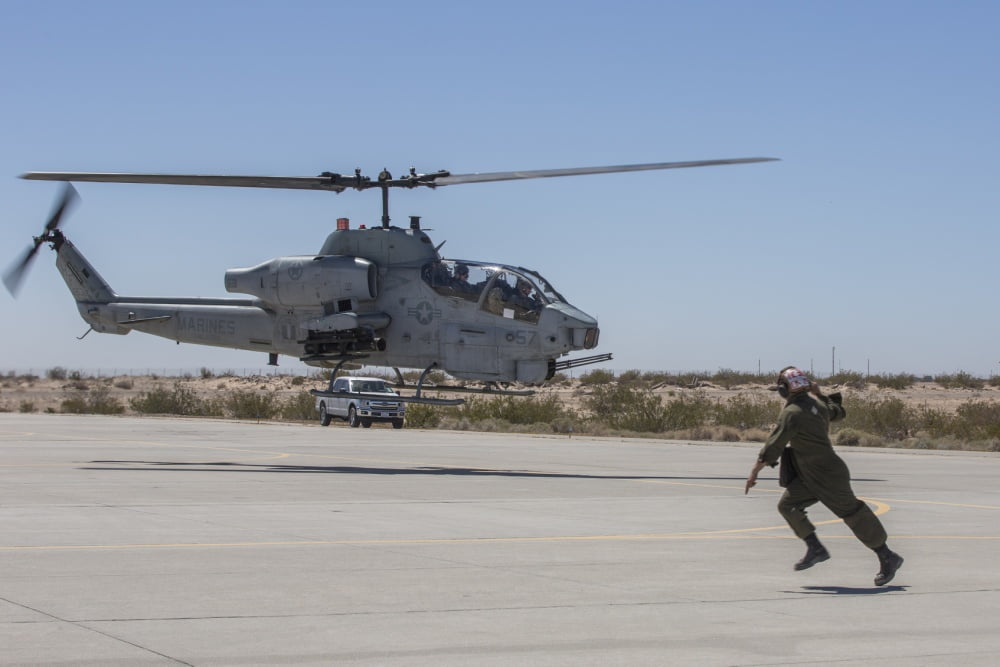By Robbin Laird
In past visits to the UK and to Spain, I have spent time with Eurofighter squadrons and have focused on the upgrade path for the aircraft.
I have talked with various fighting forces about Typhoon operating in various allied operations as well to get a sense of the evolution of the air system and its contribution to allied operations as well.
I summarized my findings with regard to Eurofighter and its modernization approach in a report published in 2015.
For the UK, Project Centurion is the core modernization effort with regard to Typhoon, the main focus of which is upon transferring some of the weapons carried by the Tornado, soon to be retired, onto the Typhoon, to enable that aircraft to take over some of Tornado’s capabilities.
Project Centurion is the part of Typhoon modernization, which can be visibly seen as weapons are integrated onto the aircraft.
But less visible is the progress the RAF has made with regard to aircraft availability for Typhoon as the UK government and industry has worked with the RAF to shape new approaches to provide for enhanced fleet performance.
The latest iteration of Typhoon support is the TyTan contract which was launched in 2016.

According to a BAE Systems press release on July 12, 2016, the new support contract was described as follows:
Working in partnership with the Royal Air Force (RAF) and Leonardo-Finmeccanica, the arrangement will introduce new ways of working to further reduce the costs of operating the fleet at RAF Coningsby and RAF Lossiemouth by more than a third. The deal could see more than £500m of savings reinvested to develop new capabilities for the aircraft.
For the first time in the support of the UK Typhoon fleet, the formal Typhoon Total Availability eNnterprise (TyTAN) agreement, which is expected to be signed shortly, will combine contracts with suppliers from across Europe into a single programme.
It will include a joint avionics solution with Leonardo-Finmeccanica.
This builds on the former Typhoon Availability Support contract that we delivered to the RAF over the last seven years.
Minister for Defence Procurement, Philip Dunne MP, said: “This will be an exciting, innovative support arrangement for our Typhoon aircraft, and will help ensure Typhoon continues to meet the RAF’s future operational requirements, including replacing our Tornado jets from 2019.
“It represents a substantial change in the way support is provided, optimising and driving efficiency through improved ways of working.”
Chris Boardman, Managing Director of Military Air & Information, said: “Combining support arrangements into one programme will help to increase reliability and availability of the fleet, whilst making it cheaper to support.
The efficiency savings generated will enable new capabilities to be developed for the RAF Typhoon aircraft.
“We’ve worked with partners across our supply chain to drive improvements ensuring that we deliver the lowest possible costs to the MOD. We are extremely pleased that the agreement will extend our close working relationship with the MOD and will enable us to continue to support the Typhoon fleet until 2026 as it continues to perform its vital role in safeguarding our nation at home and overseas.”
The contract is the product of the evolution over more than a decade of working on support arrangements associated with various modalities of performance-based logistics to a fleet availability approach.
The effort is grounded on the experience gained with the Tornado ATTAC contract and the initial support contracts with Typhoon. The Typhoon has been in service for more than a decade but is still in the process of evolution.
It was designed initially as an air defense aircraft, which was spearheaded in many ways by the requirements of the Central Front and the role of Germany and with the post-Cold era, a migration was started to make it a more flexible aircraft. Project Centurion is part of that migration.
And as the Typhoon fleet was stood up and operational experience accumulated with various deployments by the RAF, the opportunity to shape a new sustainment approach, one, which would embrace the Typhoon as a fleet, was possible.
Obviously, the impact of Project Centurion on the fleet is to diversify the fleet at the outset and to require any sustainment strategy to work around and to support modernization of the aircraft.
Another challenge associated with diversified modernization is to manage the different variants of Typhoon.
During a visit to RAF Lossiemouth, a senior RAF officer provided his sense of the nature of this challenge.
As Wing Commander Peters put it in an interview conducted in his office at RAF Lossiemouth in 2016:
Question: What is the big fleet management challenge for you?
“We have fleets within fleets.
“We have Typhoons with different Tranches, and different software configurations or PSCs (Production Software Configurations).
“A different PSC can do different things.
“It has a different level of capability.
“We need to deliver a SHADER standard Typhoon to the Middle East operation and that drives a lot of intra-fleet movement.
“It is things like moving Laser Designator pods around within the fleet, to make sure that we have the right configuration at the right place at the right time.
“The key disconnect which we have to manage is between the need to deliver the SHADER standard aircraft, and the presence of variable configuration Typoons in the overall fleet.
“A lot of our support challenges are driven by not having enough aircraft at the same standard.
“If all of our fleet was to the same standard, the challenge would be much easier.
“There is steady progress towards increasing numbers of key variants (specifically the P1E aircraft and standards beyond) but this takes time.
“Of course, this is somewhat of a historic challenge that has always affected armed forces across the world, which have strived to deliver the best military capability within the resource available.”
The challenge which Wing Commander Peters highlighted is clearly a key focus of the TyTan approach.
During my visit to the UK in May 2018, I had a chance to visit RAF Coningsby once again, and during my visit was able to talk with senior BAE Systems managers involved in dealing with Typhoon sustainment over the years and the coming into reality of the new sustainment approach.
The day before I met with the senior manager for the ATTAC contract at RAF Marham and learned from her the evolution and focus of that contract which was clearly a foundation stone for working the approach to Typhoon.
The point is really a simple one:
The TyTan contract is one which leverages two decades of sustainment experience and working an enterprise approach with the MoD and the RAF and shaping new working relationships to achieve the core goal: to provide the right number and types of aircraft at the right time and at the right place.
I met with Steve Worsnip, Vice President F-35 Sustainment, BAE Systems, with more than 20 years of experience in the sustainment business and a key player in shaping the Typhoon approach; Richard Hamilton, UK Typhoon Support (TyTAN) Delivery Director, BAE Systems, and Gary Williams, Head of Joint Change Programmes.
The TyTAN contract is focused on availability of aircraft for the Typhoon fleet taken as a whole.
It is clearly a challenge to position oneself to be able to get a bird’s eye objective with regard to an entire fleet and the effort is a work in progress.
But clearly such an approach would not be possible unless an enterprise approach had been created within which MoD, the RAF, and industry are partners in shaping a joint fleet support approach.
As Richard Hamilton put it: “The key is to have a jointly owned fleet plan.
“This is a plan to which the RAF, MoD and industry are all committed to and work together and do so on a daily basis but with a longer term perspective informing the regular work process.”
What is at stake is being able to take a longer view with regard to the year ahead of the state of the fleet and the projected availability demands and to make daily decisions informed by the strategic direction of fleet use.
And given the mix of Typhoons, it is also about understanding what kinds of sorties are demanded within the framework of the joint fleet plan, and to work the broader approach in terms of being able to provide the right aircraft, to the right place at the right time.
To get to the TyTAN opportunity, the UK MoD, RAF and industry have worked together for a number of years on performance based contracts.
The evolution of those contracts started with managing elements of the supply system to provide for parts and to provide technical query management.
But as Steve Worsnip put’s it: “We soon realized that if we take an engineering approach to sustainment, we could get much better results.”
The reason for that is straightforward: industry would take a longer view to the cause of performance and failure and take a systems approach to enhancing performance.
In many ways, that was the initial Typhoon support contract.
But it became clear in working that contract, that for a leap forward in sustainment, namely to get the point where joint fleet management was possible would require more than a PBL approach.
It was beyond the kin of industry alone to find ways to better support the RAF.
What was required was nothing less than a fundamental change in the regulations, laws and practices that governed how industry and the government could work together.
And by changing the context, an enterprise approach could be empowered. What happened was nothing less than revolutionary.
The rules were changed so that savings generated by sustainment efforts could be recycled back into the increasing the capability of the aircraft.
According to Steve Worsnip this meant that “industry was not being paid to replace things or benefitting from the need to repair, alternatively we had buy-in from the RAF, MoD and industry to enhance performance, generate costs savings and to provide for new monies for modernization of the aircraft.”
In other words, the TyTan approach is incentivizing support for fleet enhancement, rather than simply sustaining aircraft.
It means as well that savings can be provided to support the Centurion Program and other modernization efforts for Typhoon.
This is especially important as I believe the other partners of Eurofighter have not been exactly pushing the envelope on aircraft modernization which has increased the burden for modernization on the RAF.
What all three of senior managers emphasized was that the culture change which has preceded TyTAN was crucial to enable the possibility of TyTAN to emerge at all.
It is not simply about PBLs, and parts support. It is about setting in motion a process whereby MoD, the RAF, and industry can work together to shape a collaborative outcome, and with that cultural shift comes organizational change.
But organizational change is not an end state; it is an ongoing process which means that as the approach is implemented and evolves new plateaus will be reached and it is hoped that the enterprise rules can then be modified to enable whatever the next phase might be.
As Richard Hamilton noted: “It is a journey not simply a contract.”
I was able to tour some of the sustainment facilities with my three interlocutors. And they provided a great opportunity to see the state of play with regard to the ongoing effort to work fleet management.
Data flows into the fleet management decision center, where various displays work tabs on the state of the fleet, worldwide at that moment. The data is then organized in ways to facilitate decision making on implementing or modifying the fleet management plan.
This flows down into how maintenance is done as well.
Another facility, which was in the process of being reworked, physically organized parts by a red, amber, or green characterization. The various suppliers had been organized into support cells rather than being located into isolated industry cells; and the support cells were directed towards prioritization on repairs.
Red being the priority parts needed right now by the fleet; amber within a few days; and green as not urgent.
Part of the fleet management approach is focused on prioritization of support to choke point parts.
As Steve Worsnip put it: “There are thousands of parts, but only a few drive costs, significant delays and maintenance burden.
“The key is to be able to focus on those parts and to provide support for the fleet to ensure that disruptions due to problems with key parts get solved as a priority.”
In short, the TyTAN approach is a key effort in support of the RAF as they move forward with Typhoon deployments.
And as these deployments change in the post counter-insurgency phase, new demands will be placed on the fleet, and the enterprise will adjust to try to provide optimal fleet support.
The featured photo shows a crew working on an RAF Typhoon and is credited to BAE Systems.



